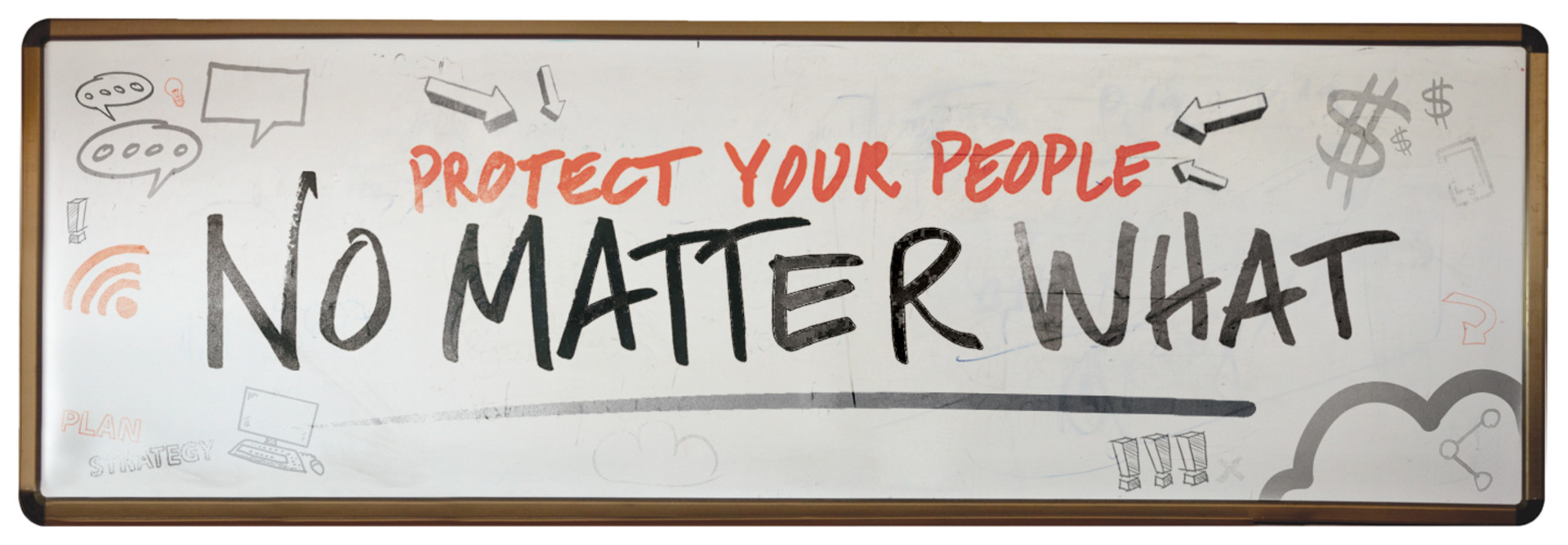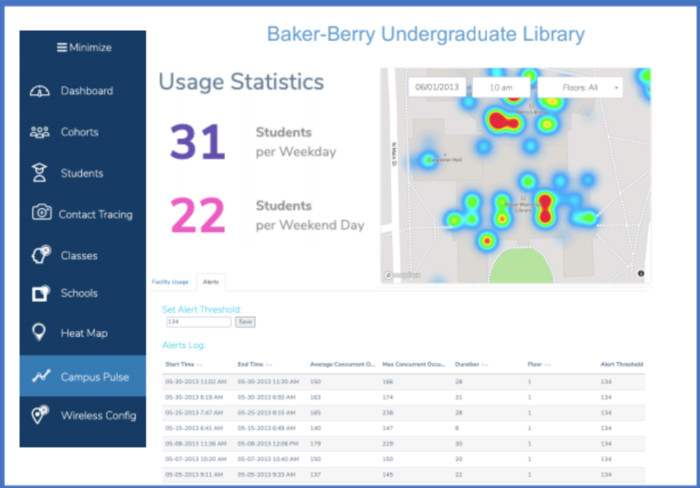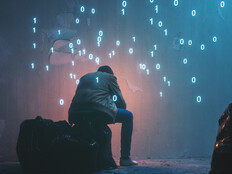What Socially Distanced Classrooms Look Like
Before COVID-19, MU had a campus population that would approach nearly 10,000 on a typical day. That is why the majority of MU’s courses will either remain entirely online this fall or adopt a hybrid learning model. The only exceptions are a few courses in departments such as performing arts and health sciences. “I’d say, about a third of our total capacity will be on campus,” diFilipo says.
One of the ways that MU is implementing social distancing on campus is through multimodal classrooms. The university has outfitted 60 of their classrooms to allow both synchronous and asynchronous videoconferencing.
Students can choose to attend class in-person, or they can attend via videoconferencing solutions such as Microsoft Teams or Zoom. Alternatively, they can watch a recording of the lecture at a later time — which is a good way for universities to accommodate international students who cannot return to the U.S.
According to diFilipo, most of the technologies in the classrooms are automated. Faculty can walk in, click one or two buttons and automatically record the lecture under the correct lighting and camera settings.
READ MORE: What do higher ed hybrid learning classrooms look like?
What It Takes to Set Up Outdoor Classrooms
MU has a beautiful campus filled with pockets of green space. It also has a pond that is home to swans, koi fish and red-eared slider turtles. “Faculty can move the course outside if they want,” diFilipo says. “Students can sit under a tree and still have good internet access.”
To make it possible for classes to take place outdoors, the IT department installed new wireless networks at several sites — including the pond, bus stops and other key locations.
The university invested in two Cisco access point technologies — external antenna APs and wireless mesh — to ensure that students can take their courses almost anywhere outside.
The IT team is also installing mesh antenna on taller buildings to give students, faculty and staff wider Wi-Fi coverage outdoors.
MORE ON EDTECH: Learn how to improve online access with hotspots, laptops and planning.
Trust Students — But Use Tech to Enforce Social Distancing
“We are encouraging everyone who comes on our campus to behave safely and to behave properly in terms of wearing a mask and maintaining distance,” diFilipo says. “At the same time, we’re also leveraging some technology to help us with managing and providing that comfortable environment.”
MU chose Degree Analytics’ Campus Pulse as their analytics tool because it offers social density mapping without violating Family Educational Rights and Privacy Act regulations or HIPAA guidelines. It allows the university to know exactly how many people are on campus at any given time without neglecting privacy.
The tool identifies high social density zones through heat maps. This helps MU manage its occupancy limits, which are set according to Centers for Disease Control and Prevention and Pennsylvania state guidelines. “A room can be a zone,” diFilipo explains. “And outdoor space can be a zone. We set the preferred density for that zone. And if we reach that capacity we get notified in real-time.”













